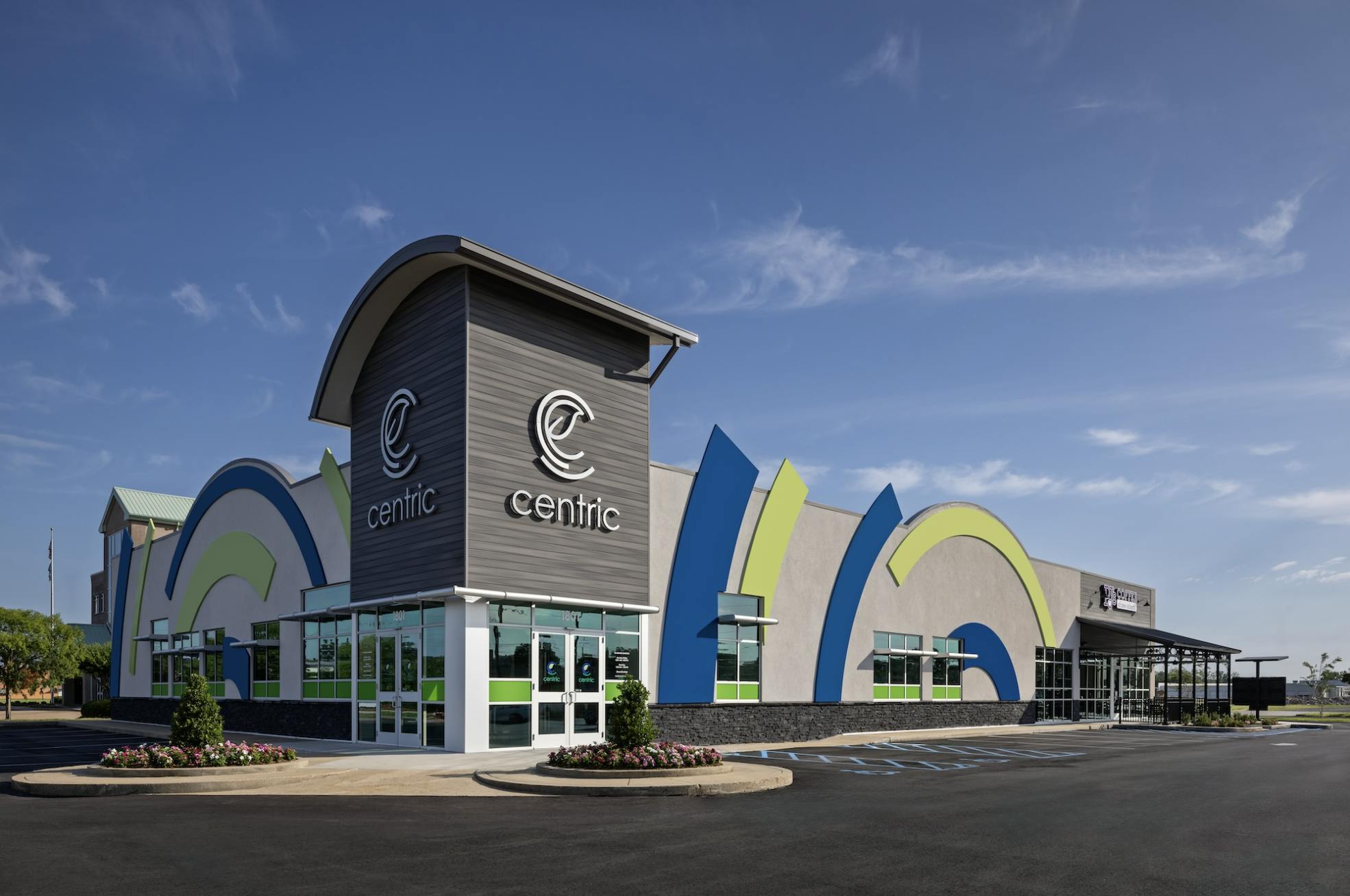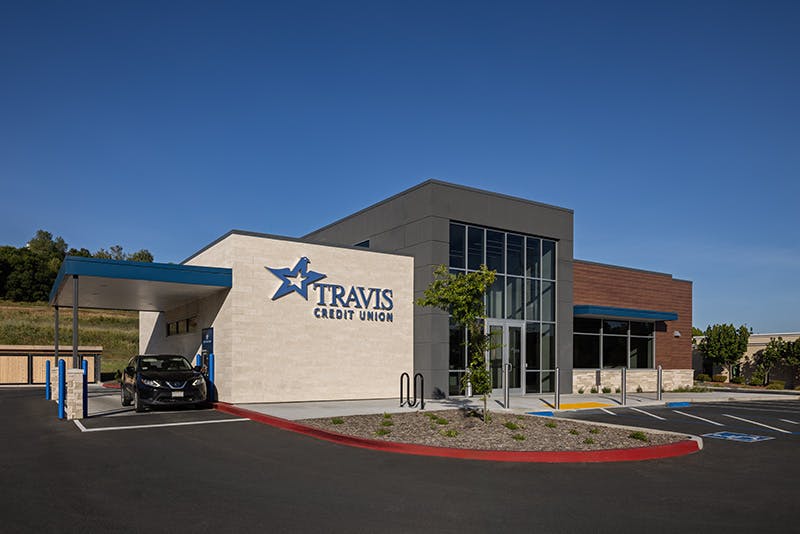2 - Quantify the actual potential of the opportunity.
After finding a potential acquisition, it’s time to analyze the potential opportunity. Yes, this means understanding purchase costs, but more importantly, it means quantifying the loan and deposit growth you can expect based on digging into the data.
You’ll need to analyze the market through local demographics, traffic patterns, population trends, other retailers, and competitors. By examining these data points and comparing them with your internal data about the types of members or customers you’re already serving well, you can gain an understanding of the expected return of a specific location.
With the right data and actionable insights, you will also be able to right-size your renovation budget based on the expected performance of the branch and determine when you can expect to recover your investment and begin generating a profit.
In a previous article, we shared more about how to measure and predict performance for each of your branches based on the loan and deposit opportunity. You may need to engage a strategic partner to guide you through this process—one with the experience and expertise to sift through all of the data and extract the actionable insights.
In Centric’s case, we went through an extensive market analysis and determined that the building and location that had been abandoned by Rite Aid provided a strategic opportunity for a high-performing branch.
3 - Always push to purchase, not lease.
The Centric Credit Union team asked us to approach the investor that owned the building to begin negotiations. Initially, the investor was only interested in a lease arrangement, not a purchase.
When pursuing an existing building, it is almost always in the financial institution’s best interest to purchase the property rather than committing to a lease. By purchasing the property, you have complete control over the improvements you’ll need to make so the location becomes a viable branch that delivers a high-quality customer experience that effectively represents your brand to the new market. A lease arrangement will often carry requirements or limitations that hinder this important objective.
In the case of the former Rite Aid, we continued negotiations with the owner even though he wasn’t initially open to a purchase. Through a series of strategic conversations, the LEVEL5 team was able to convince the investor that selling the property was a better option.
If you’re considering an acquisition like this, it’s usually best to work with a partner with real estate experience who can negotiate on your behalf, negotiating the nuanced back-and-forth necessary to close the deal.






